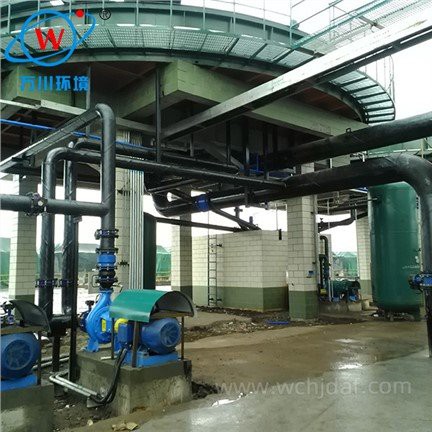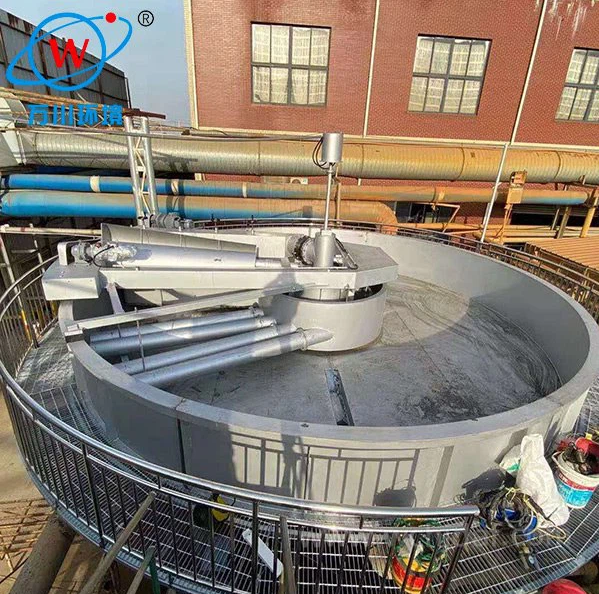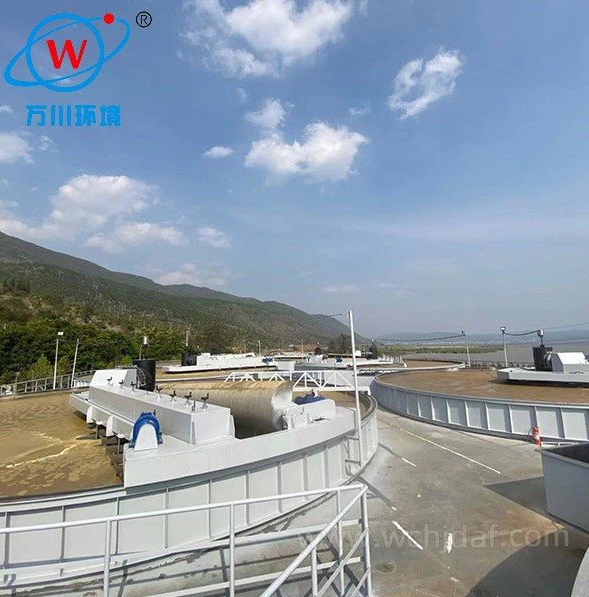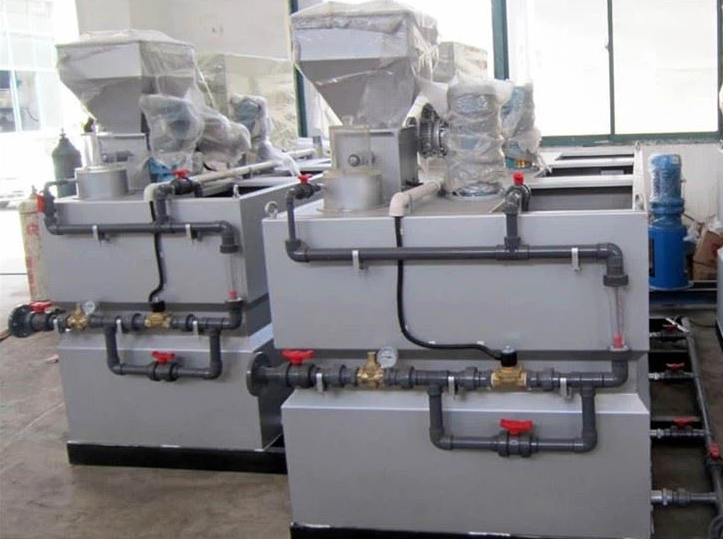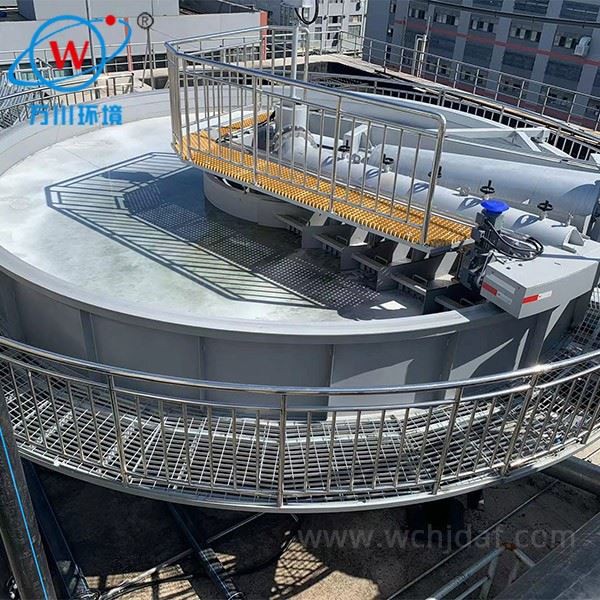Effects of Salinity on Dissolved Air Flotation (DAF) Process
The salinity of water significantly influences the Dissolved Air Flotation (DAF) process through multiple interrelated mechanisms, affecting both operational efficiency and equipment performance.
1. Air Solubility and Bubble Formation
- Salinity directly impacts air solubility in water. According to Henry's Law, higher salt concentrations reduce the solubility of gases like oxygen.
- In seawater with salinity exceeding 35 g/L, the reduced air solubility can lower bubble density by 10-15% compared to freshwater systems.
- High salinity may require higher saturation pressures to achieve adequate bubble formation, increasing energy consumption.
2. Surface Tension and Bubble Stability
- High salinity decreases surface tension but inhibits bubble coalescence, resulting in smaller, more stable microbubbles.
- The reduced surface tension can weaken the adhesion between bubbles and particles, particularly for hydrophobic contaminants like oils.
3. Particle Coagulation and Flocculation
- Salinity affects colloidal stability by reducing electrostatic repulsion through ionic screening.
- Divalent ions (e.g., Ca²⁺, Mg²⁺) in brackish water enhance coagulation more than monovalent ions (e.g., Na⁺).
- Excessive salinity may disrupt coagulants like ferric chloride, requiring salt-resistant polymers.
4. Bubble-Particle Attachment Dynamics
- High salinity can make particles more hydrophobic, promoting bubble adhesion.
- Increased ionic strength may weaken surfactant adsorption, reducing particle-bubble interactions.
5. Equipment Corrosion and Material Selection
- Saline environments accelerate corrosion of metal components.
- DAF units in high-salinity applications often use polypropylene, stainless steel (AISI 316L), or titanium.
6. Process Optimization Strategies
- pH Control: Adjusting pH (e.g., to 5.5-6.0) enhances coagulant performance.
- Modified Coagulation: Dual systems (e.g., ferric chloride + polyacrylamide) improve floc strength.
- Bubble Size Management: High-pressure saturation generates smaller bubbles.
- Material Upgrades: Corrosion-resistant materials extend equipment lifespan.
Case Study: Seawater Pretreatment
In a Middle Eastern desalination plant treating seawater (salinity ~40 g/L), DAF systems achieve >95% algae removal by combining:
- pH adjustment to 6.0
- Ferric chloride coagulation
- Recirculation ratio of 20-30%
Polypropylene tanks and stainless steel components ensure durability despite high chloride levels.
References: Industry standards and empirical data from seawater treatment facilities.

